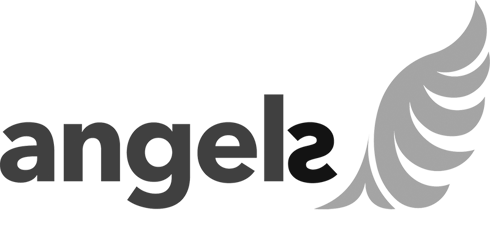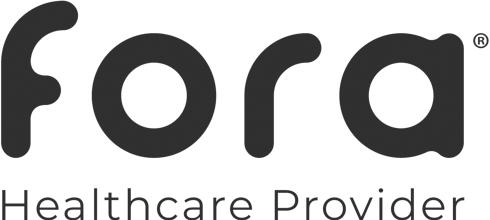Background and Purpose: The optimal selection methodology for stroke thrombectomy beyond 6 hours is yet to be determined.
Methods: A review was conducted on a prospectively collected database of thrombectomy patients with anterior circulation strokes, NIHSS ≥10, and CT perfusion (CTP) maps, who presented beyond 6 hours (January 2014 to October 2018). Patients were categorized by five selection paradigms: DAWN clinical-core mismatch (DAWN-CCM), DEFUSE 3 perfusion imaging mismatch (DEFUSE-3-PIM), and three ASPECTS-based criteria: age-adjusted clinical-ASPECTS mismatch (aCAM), eloquence-adjusted clinical-ASPECTS mismatch (eCAM), and standard clinical ASPECTS mismatch (sCAM).
Results: 310 patients were analyzed. DEFUSE-3-PIM identified the highest proportion of qualifying patients (93.5%), followed by sCAM, eCAM, aCAM, and DAWN-CCM (92.6%, 90.6%, 90%, and 84.5%, respectively). Patients meeting aCAM, eCAM, sCAM, and DAWN-CCM had significantly higher rates of 90-day good outcomes compared to non-qualifying patients. No significant difference was observed for DEFUSE-3-PIM criteria. Multivariate analysis showed that all selection modalities, except for DEFUSE-3-PIM, were independently associated with a better 90-day outcome.
Conclusions: ASPECTS-based selection paradigms for late-presenting and wake-up stroke thrombectomy yield similar proportions of qualifying patients and 90-day outcomes as DAWN-CCM and DEFUSE-3-PIM. They may offer an alternative for centers with limited access to advanced imaging, potentially improving outcome discrimination.











